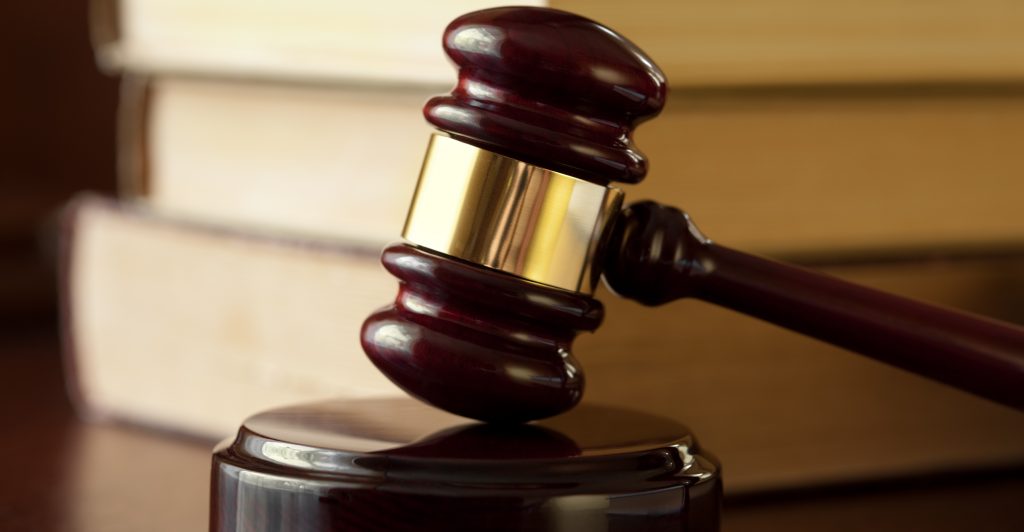The prima facie case of negligence serves as the foundation for establishing liability in civil lawsuits related to personal injury, property damage, or other forms of harm. In this article, we delve into the essential elements of a prima facie case of negligence, its significance in legal proceedings, and how it impacts the outcome of litigation.
- Top 10 Cloud Computing Companies in 2024: Unveiling the Leaders
- AT&T Phone Service Business: Staying Connected in the Modern World
- The Ultimate Guide to Choosing the Best Internet Merchant Account
- Best Web Marketing Companies: Boost Your Online Presence and Skyrocket Your Business
- Which of the Following Statements about Savings Accounts is False?
1. Defining Prima Facie Case of Negligence
- Definition: Prima facie case of negligence refers to the initial evidence presented by the plaintiff in a negligence lawsuit, demonstrating that the defendant breached a duty of care owed to the plaintiff, resulting in harm or injury.
- Burden of Proof: The burden of establishing a prima facie case of negligence rests with the plaintiff, who must provide sufficient evidence to support each element of negligence.
2. Elements of Prima Facie Case of Negligence
- Duty of Care: The plaintiff must demonstrate that the defendant owed a duty of care to the plaintiff, which typically involves acting reasonably to avoid foreseeable harm.
- Breach of Duty: The plaintiff must show that the defendant breached the duty of care by failing to exercise reasonable care under the circumstances. This may involve acts of negligence or omissions that fall below the standard of care expected.
- Causation: The plaintiff must establish a causal link between the defendant’s breach of duty and the harm suffered by the plaintiff. This requires demonstrating that the defendant’s actions or omissions were a substantial factor in causing the plaintiff’s injuries.
- Damages: Finally, the plaintiff must prove that they suffered actual harm or damages as a result of the defendant’s breach of duty. Damages may include physical injuries, emotional distress, property damage, or financial losses.
3. Significance in Legal Proceedings
- Establishing Liability: A prima facie case of negligence serves as the foundation for establishing liability against the defendant in a civil lawsuit. If the plaintiff successfully proves all elements of negligence, the defendant may be held legally responsible for the plaintiff’s injuries or damages.
- Burden of Rebuttal: Once the plaintiff presents a prima facie case of negligence, the burden shifts to the defendant to rebut or refute the allegations of negligence. The defendant may present evidence to challenge the plaintiff’s claims or demonstrate that they did not breach the duty of care owed to the plaintiff.
4. Examples of Prima Facie Case of Negligence
- Car Accidents: In a car accident case, the plaintiff may establish a prima facie case of negligence by demonstrating that the defendant breached their duty of care by speeding, running a red light, or engaging in other reckless driving behaviors, leading to the plaintiff’s injuries.
- Slip and Fall Incidents: In a slip and fall lawsuit, the plaintiff may show that the property owner breached their duty of care by failing to maintain safe premises, such as cleaning up spills or repairing hazardous conditions, resulting in the plaintiff’s fall and injuries.
5. Challenges and Considerations
- Comparative Negligence: In some cases, the defendant may argue that the plaintiff’s own negligence contributed to their injuries, leading to a reduction in damages based on comparative negligence principles.
- Proof and Evidence: Establishing a prima facie case of negligence requires presenting credible evidence, witness testimony, expert opinions, and other documentation to support the plaintiff’s claims.
- Legal Standards: The elements of a prima facie case of negligence may vary depending on jurisdiction and the specific facts of each case. Understanding the legal standards and requirements is essential for effectively pursuing or defending against a negligence claim.
Conclusion: Navigating the Prima Facie Case of Negligence The prima facie case of negligence serves as a crucial framework for determining liability and accountability in civil lawsuits involving negligence. By understanding the elements of negligence and the significance of establishing a prima facie case, plaintiffs and defendants can navigate legal proceedings with clarity and confidence, ensuring that justice is served in cases of harm or injury.
